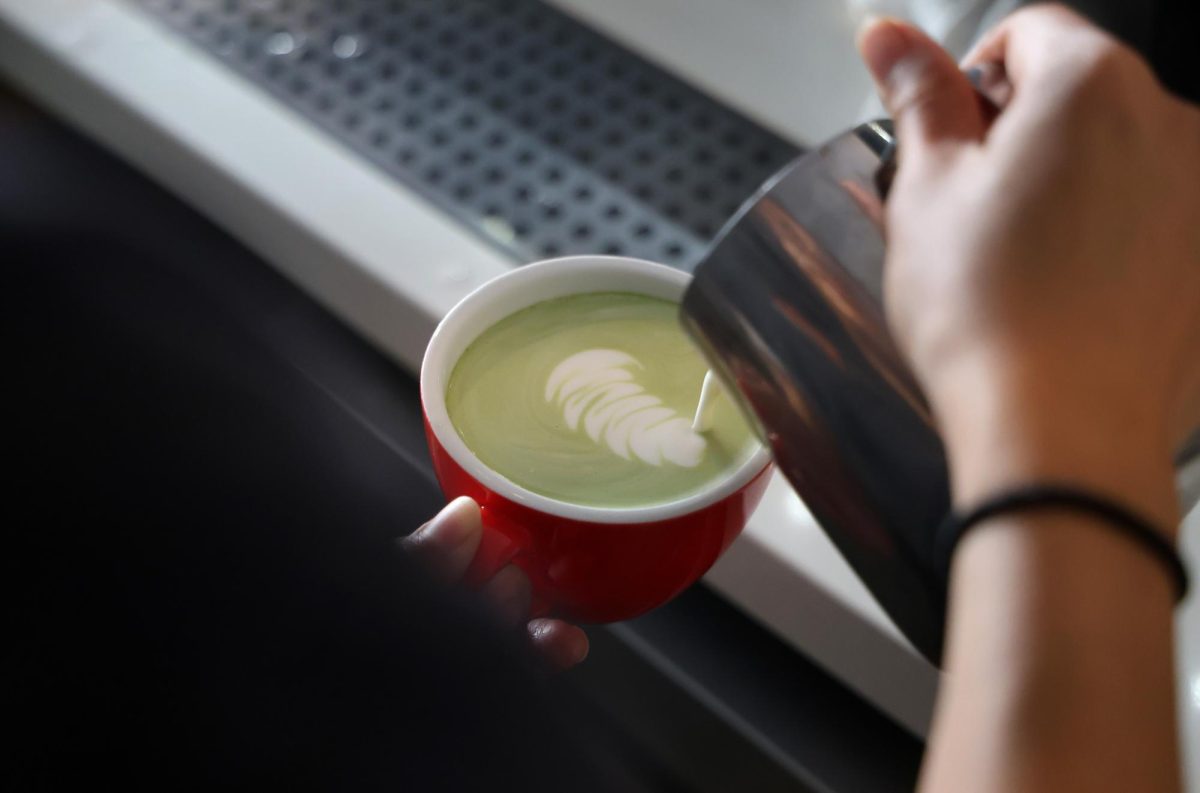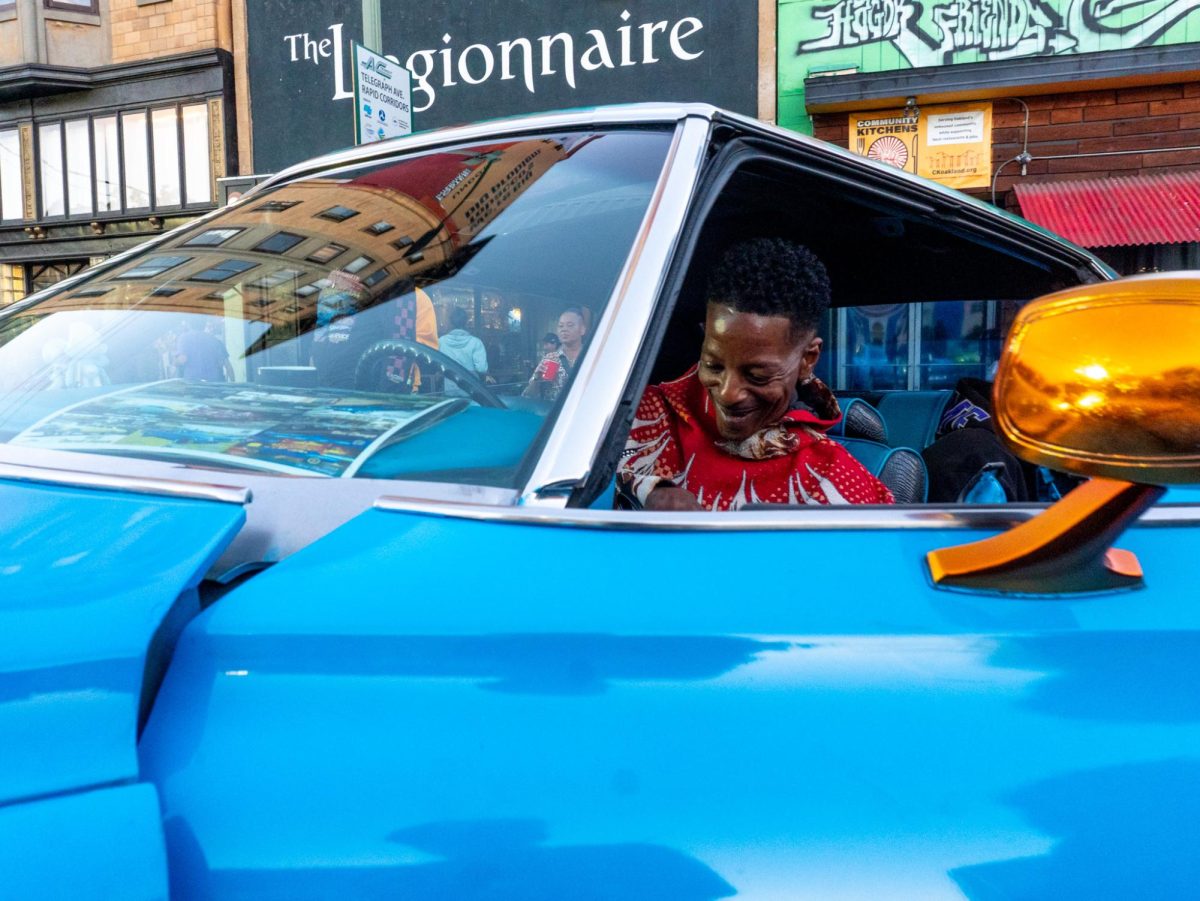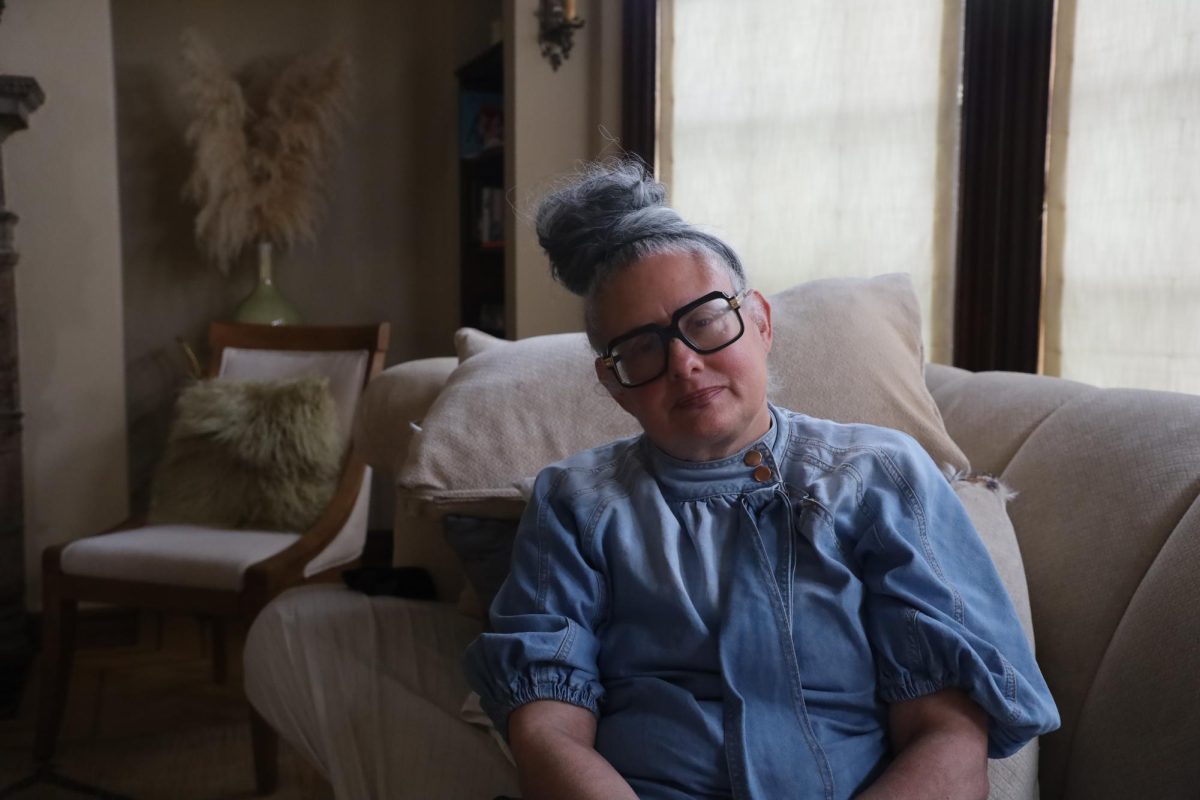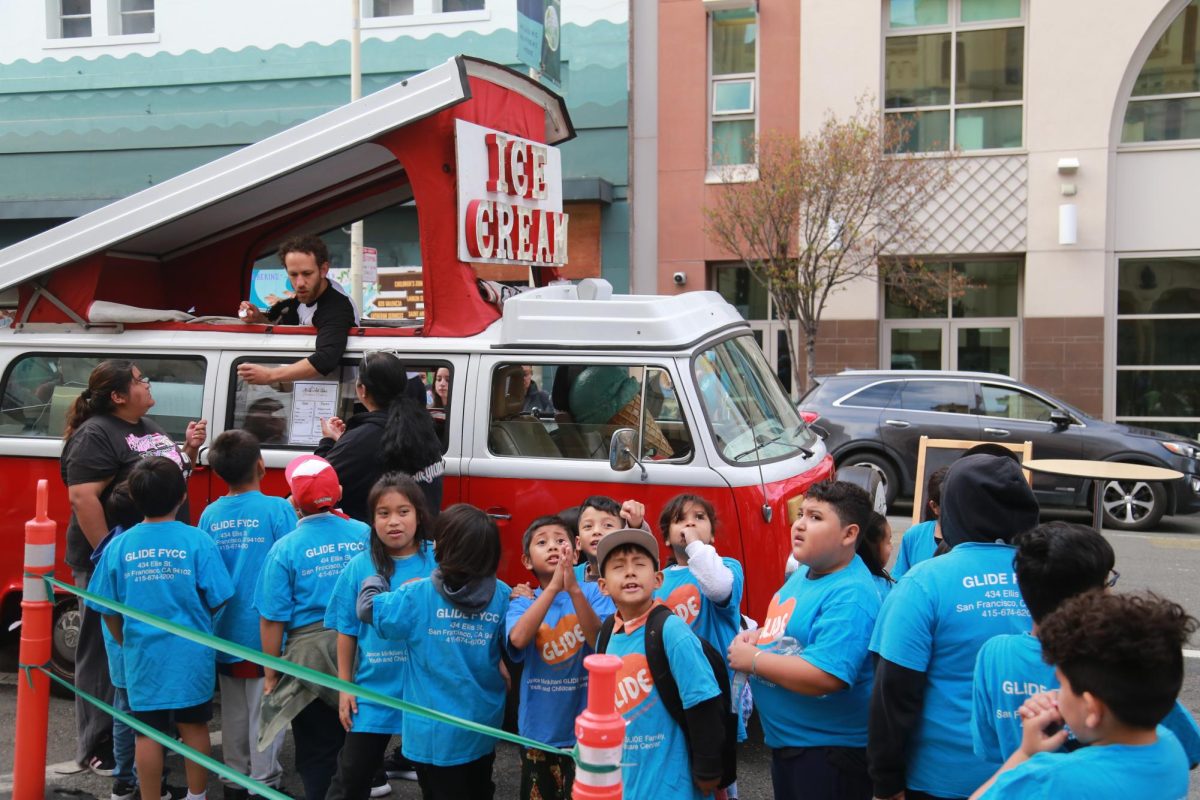By Lupita Uribe
San Francisco is New York City’s mellowed out sibling, not as fast paced, but still holding the same pedigree of business people, artists, musicians and a plethora of in-betweeners. Recently, it’s been blooming and mirroring its East Coast kin with expansion –which has both brought arts and culture, and stripped it away, in recent years.
For the San Francisco Museum of Modern Art, culture is being bolstered through a massive expansion, which will more than double the original location’s building. It will also significantly swell its art collection and accessibility.
Architecture firm Snøhetta is spearheading the expansion, which was announced in April of 2009. Construction began in June of 2013 and is not replacing the original Mario Botta-designed building, rather supplementing it with a second building and an abundance of new features.
Among those new features will be dedicated space for The Pritzker Center for Photography, which is the largest gallery and interpretive space –at a whopping 15,000 square feet—in the United States, according to the SFMOMA.
Another major dedicated space will be allotted for the Doris and Donald Fisher collection, which is comprised of postwar and contemporary art, featuring more than 1,100 works and 185 artists. The partnership was announced in 2009, with selections of their collection making their SFMOMA debut in 2010, and is set to last for 100 years. The collection’s new home will span 60,000 square feet of gallery space and four floors –three featuring the general collection and one featuring a gallery dedicated to Alexander Calder’s works.
There will also be 8,800 square feet allocated for contemporary art in a loft-styled gallery, two galleries serving as a 3,500 square foot display space for architecture and design pieces, as well as special exhibitions. SFMOMA’s media arts collection will be rotating through 4,400 square feet, ranging two galleries, and emerging artists will be featured in a the 1,100 square foot New Work Gallery. The 4,800 square foot Koret Education Center will feature a library and two classrooms, and capable of serving 55,000 K-12 school children every year.
Another educational resource in the expansion is a 4,000 square foot area featuring SFMOMA’s library and archives, which will be available for scholars and researchers by appointment. A new two-story conservation center will also be added, affording an additional 4,200 square feet, and will provide artists with a studio space.
Those new additions span a total of 105,000 square feet, with 129,000 square feet more being added for administrative offices, performance and event spaces –The White Box double-height space and an upgraded Phyllis Wattis Theater—and other special features such as the Roman steps, sculptural staircase, six outdoor terraces, and the Bay Area’s largest living wall.
The expansion of the SFMOMA hopes to accommodate its increased number of visitors, and better serve the artistic and cultural needs of the San Francisco community, according to SFMOMA. The museum is scheduled to open its doors on May 14, 2016, and will be more accessible to the public, according to SFMOMA. There will now be additional entrances on Minna and Howard Streets, and free ground-floor exhibition spaces.
As the city inhales a new culture, and works to maintain the existing one, SFMOMA seems to be growing with it.



![[Video] No Trump, No Feds, No MAGA; San Francisco says "No Kings!"](https://xpressmagazine.org/wp-content/uploads/2025/10/Screenshot-2025-10-28-165913-1200x675.png)



